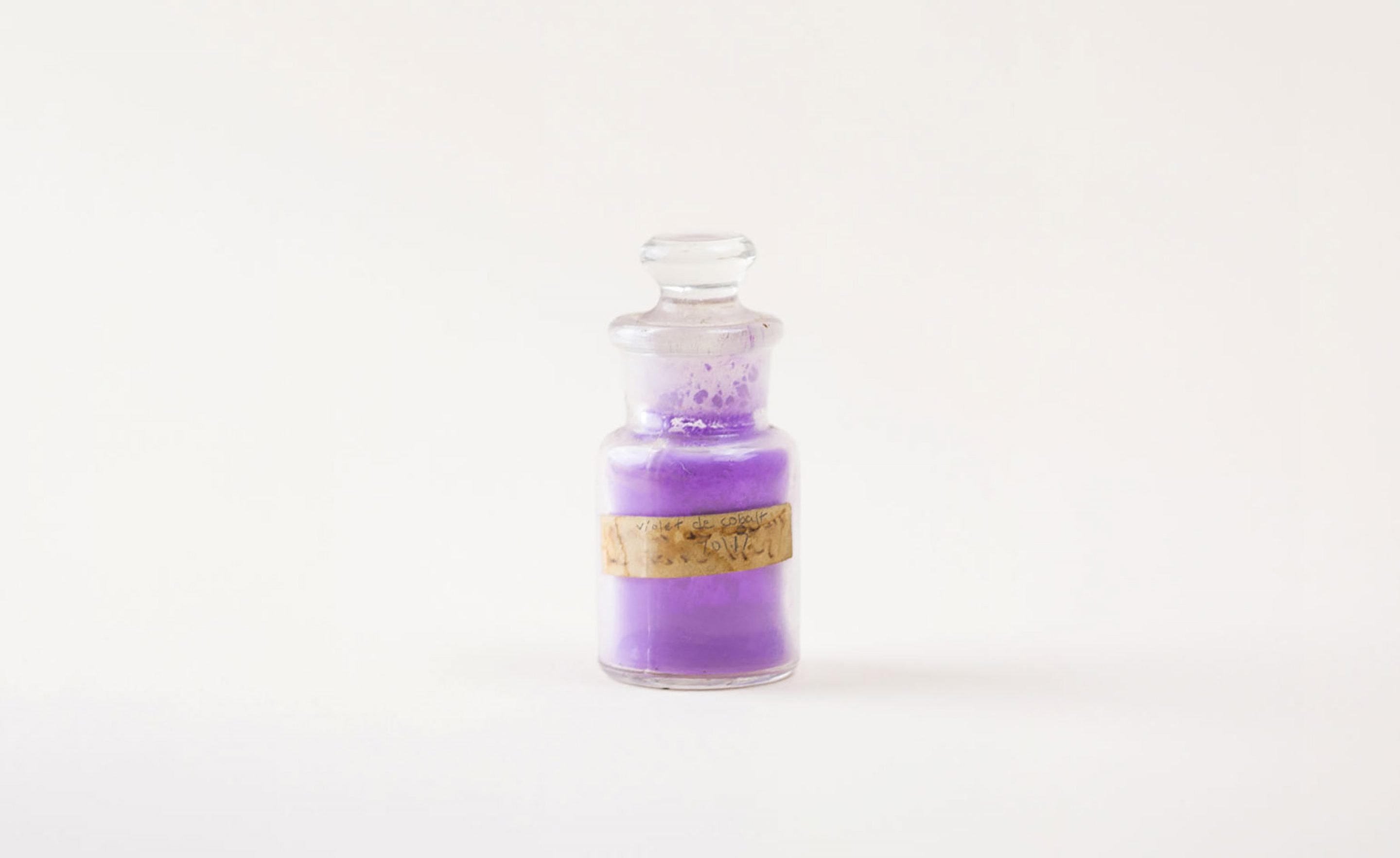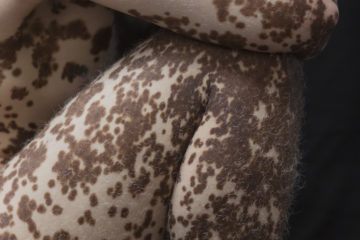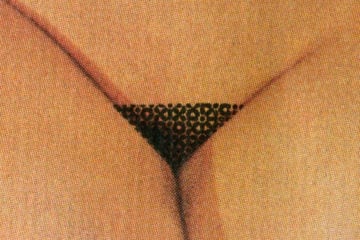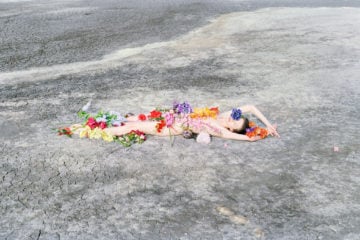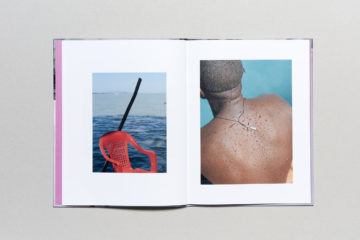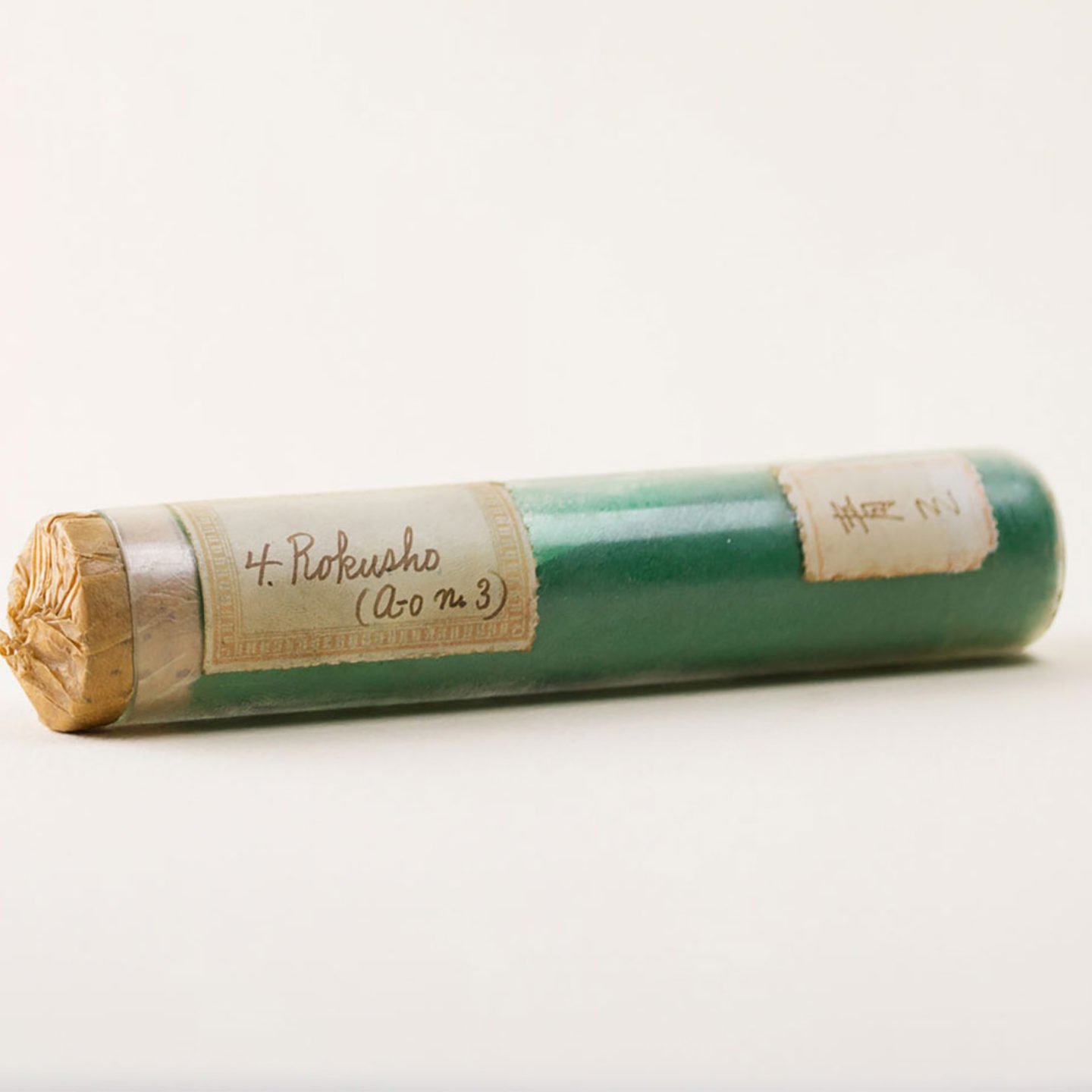
The World’s Rarest Colors
- Name
- Atelier Éditions
- Project
- An Atlas of Rare and Familiar Colour
- Words
- Rosie Flanagan
The latest release from Atelier Éditions, An Atlas of Rare and Familiar Colour, visually and anthropologically excavates the Harvard Art Museums’ collection of the world’s rarest pigments in perfectly color-coded chapters.
Housed within the walls of the Harvard Art Museums — comprised of the Fogg Museum, Busch-Reisinger Museum, and Arthur M. Sackler Museum — are 2,500 of the world’s rarest pigments. An Atlas of Rare and Familiar Colour grants encyclopedic insight to the history of color that resides here — one vial at a time. The collection began at the turn of the 20th century, initiated with the aim of preserving some early Italian artworks that the former director of the Fogg Museum had begun collecting. Since then, the collection has expanded astronomically, and whilst still used for conservation purposes, today it is also a resource for identification and authentication of works and offers art historians an insight into early creative practices.
As a window to the past, the creation of color provides infinitesimal perspectives. From a single vial we can discover how artists worked, what their favored materials and methods were, and the process that was undertaken in order to create a single perfect color. Amongst the colors featured in the tome are an early sage green that was so toxic it sent many to an early grave and an ultramarine that was once more precious than gold. Whilst exploring the wider field of chromatics through a variety of theoretical frameworks, the monograph also illustrates the innovative nature of humans and the lengths which we will go to in order to illustrate our aesthetic and expressive compulsions.
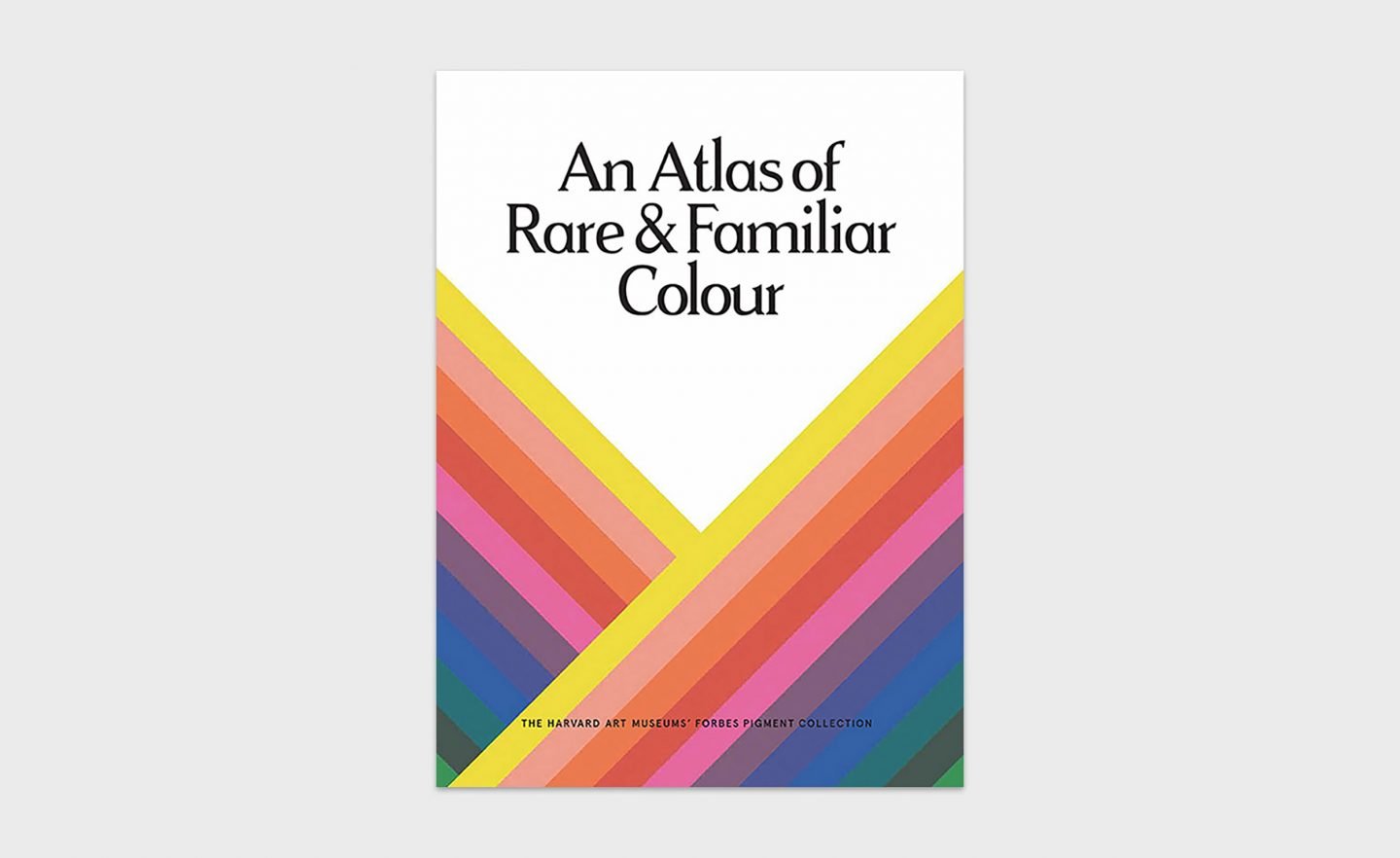
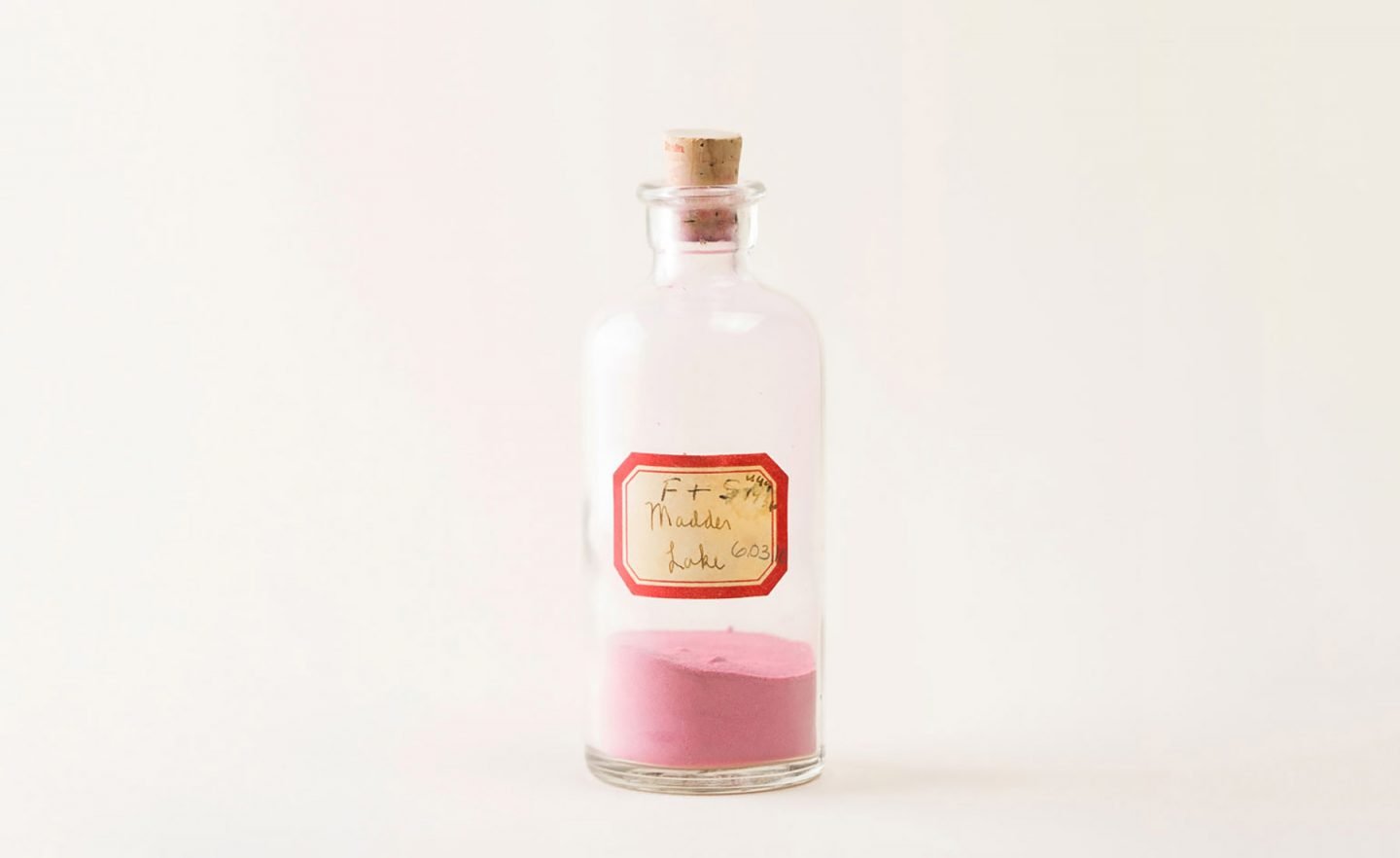
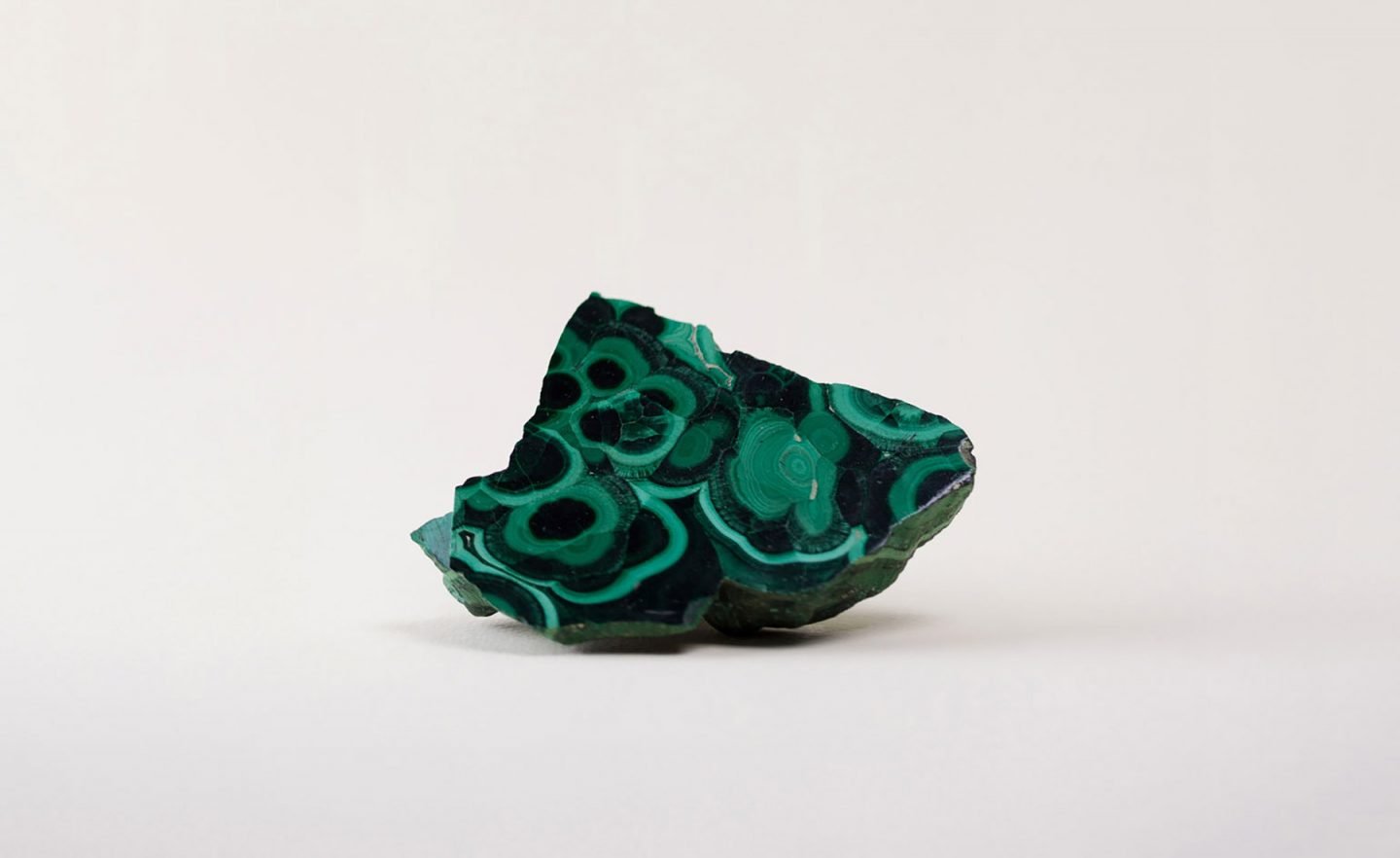
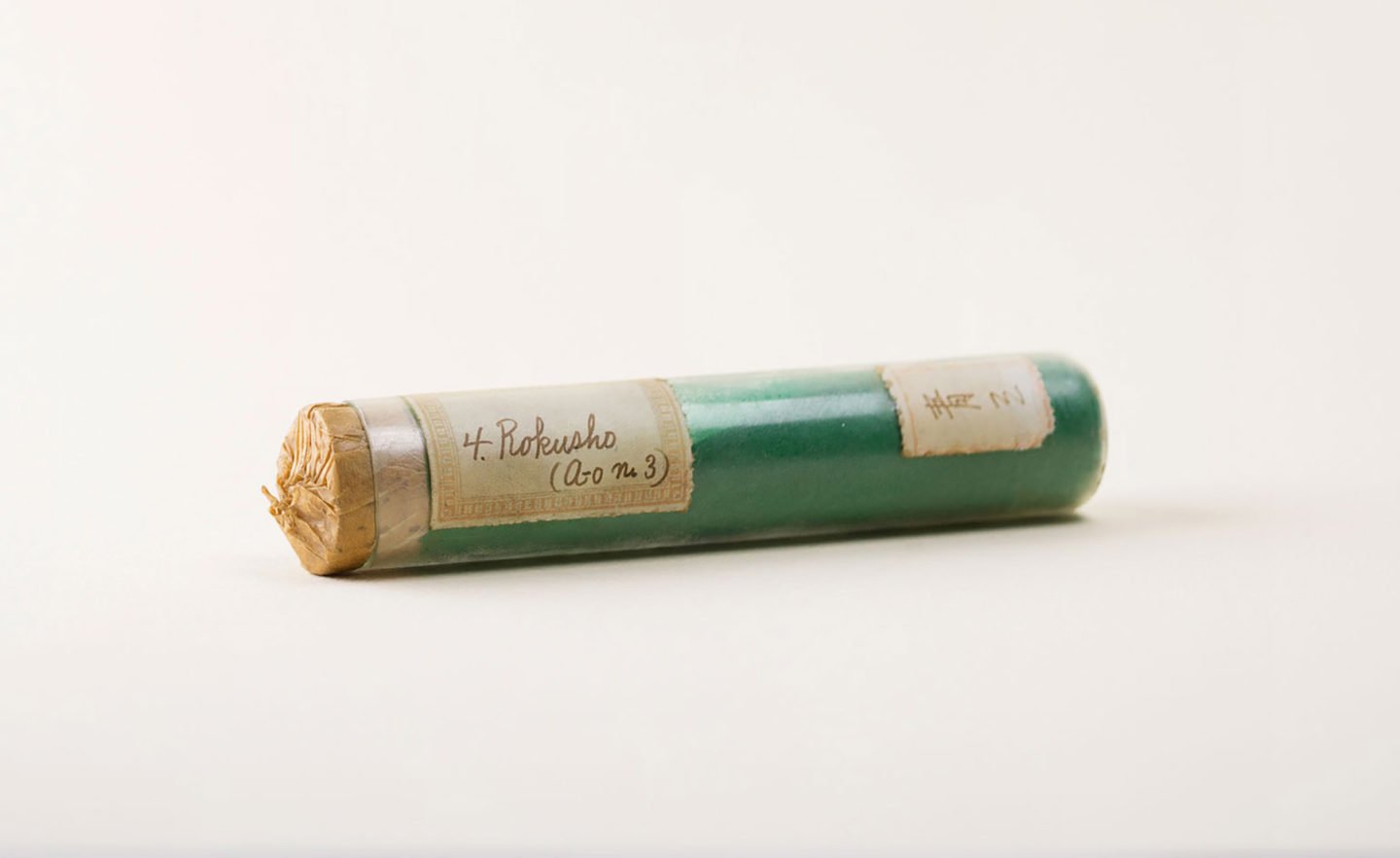
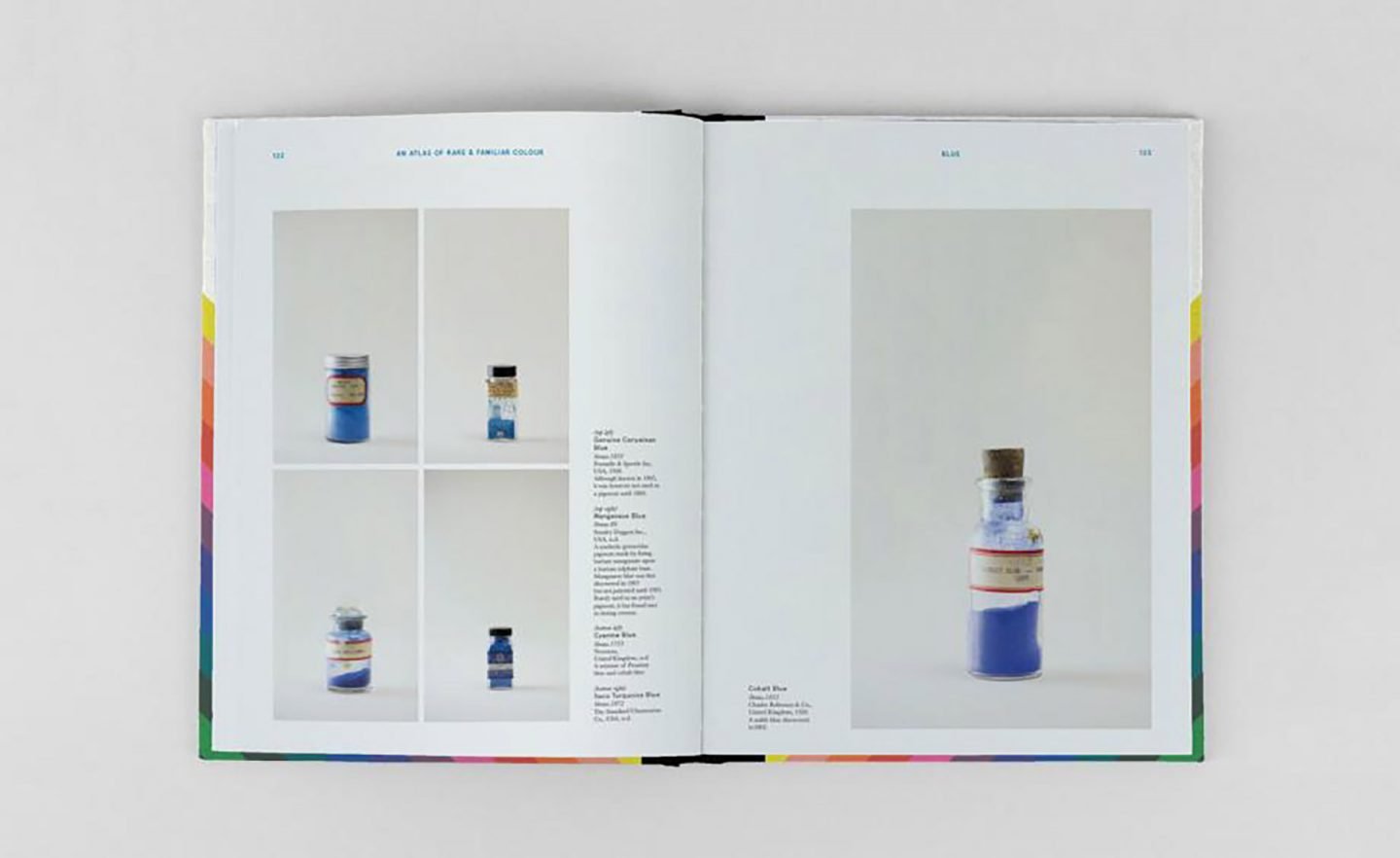
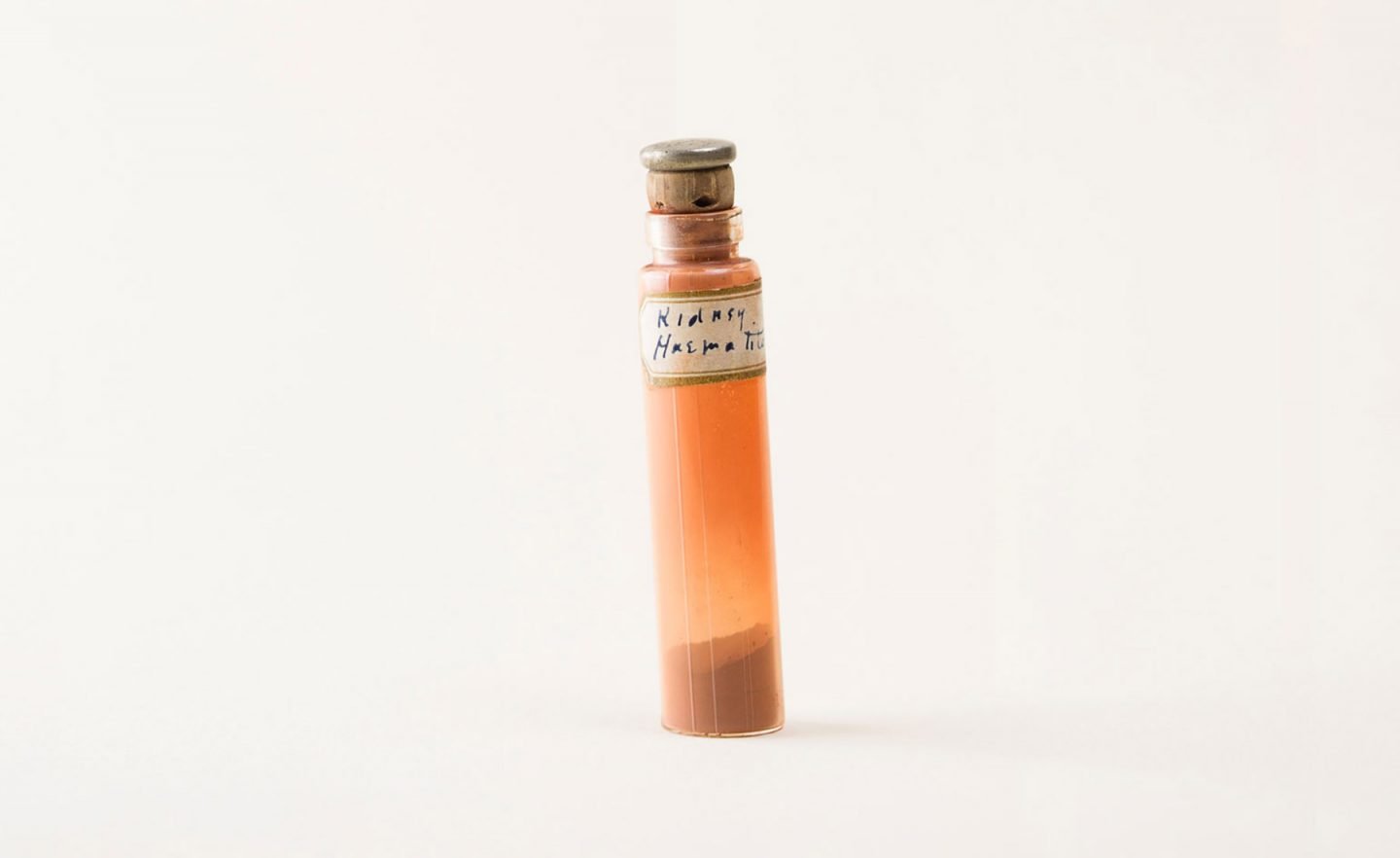
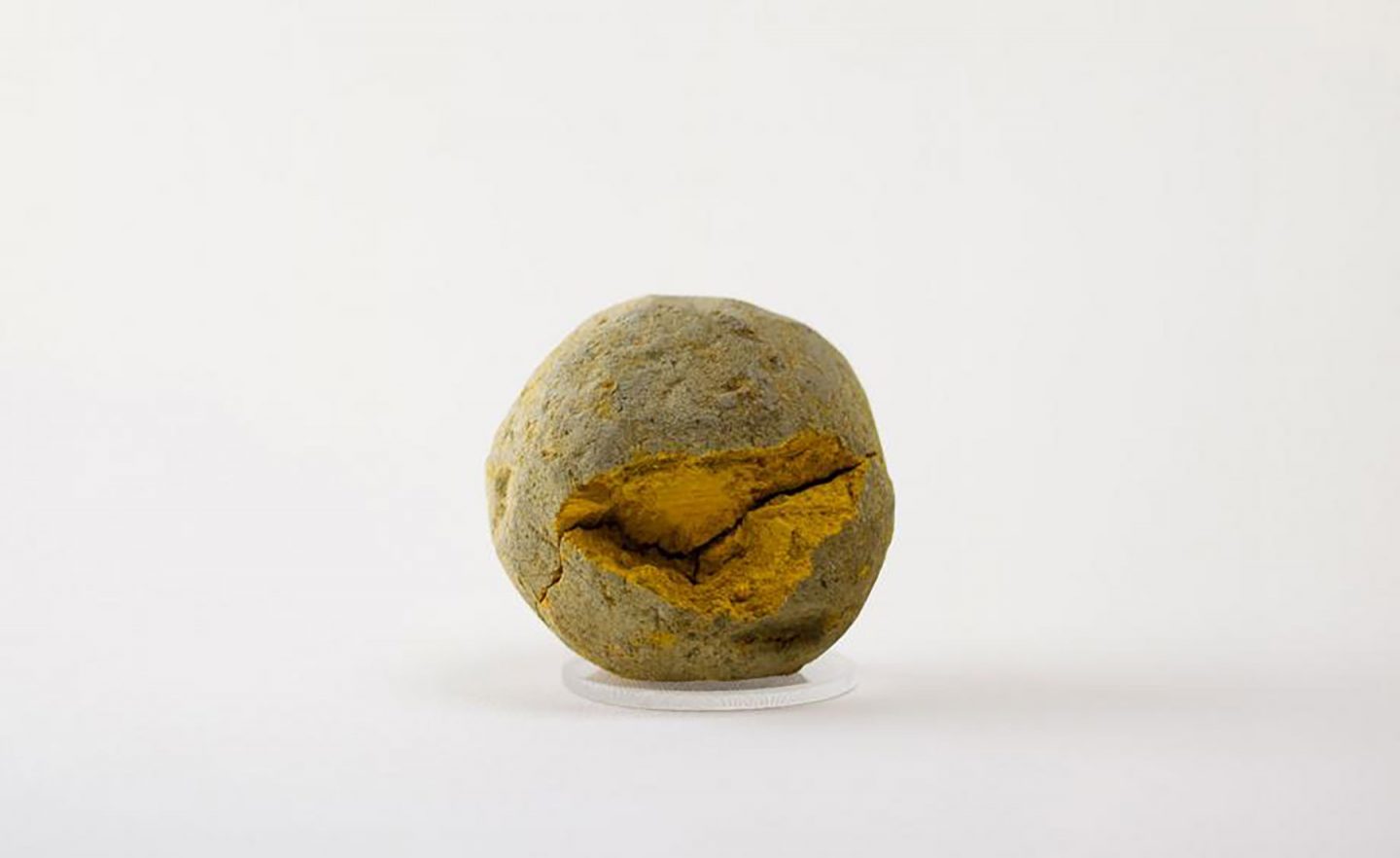
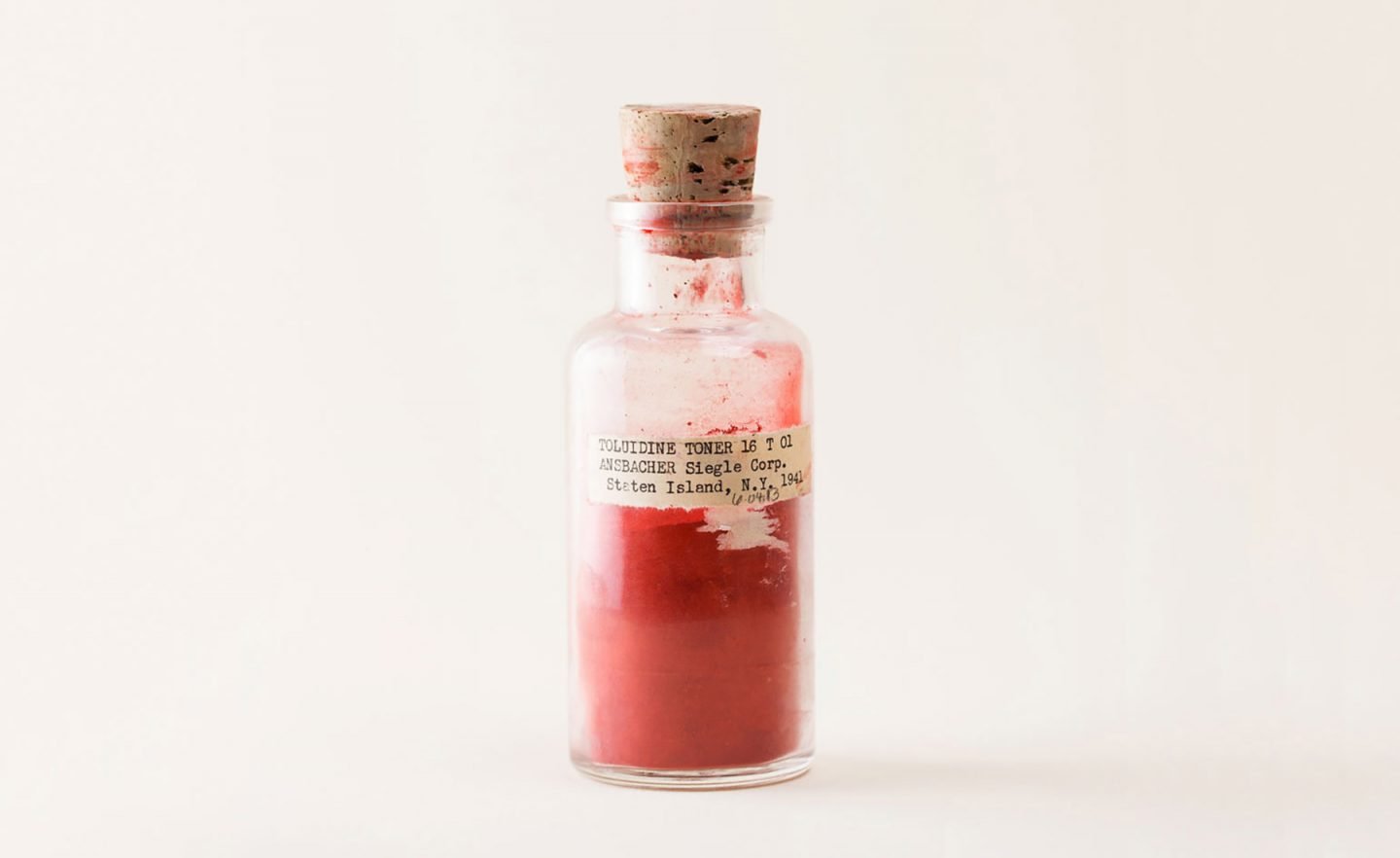
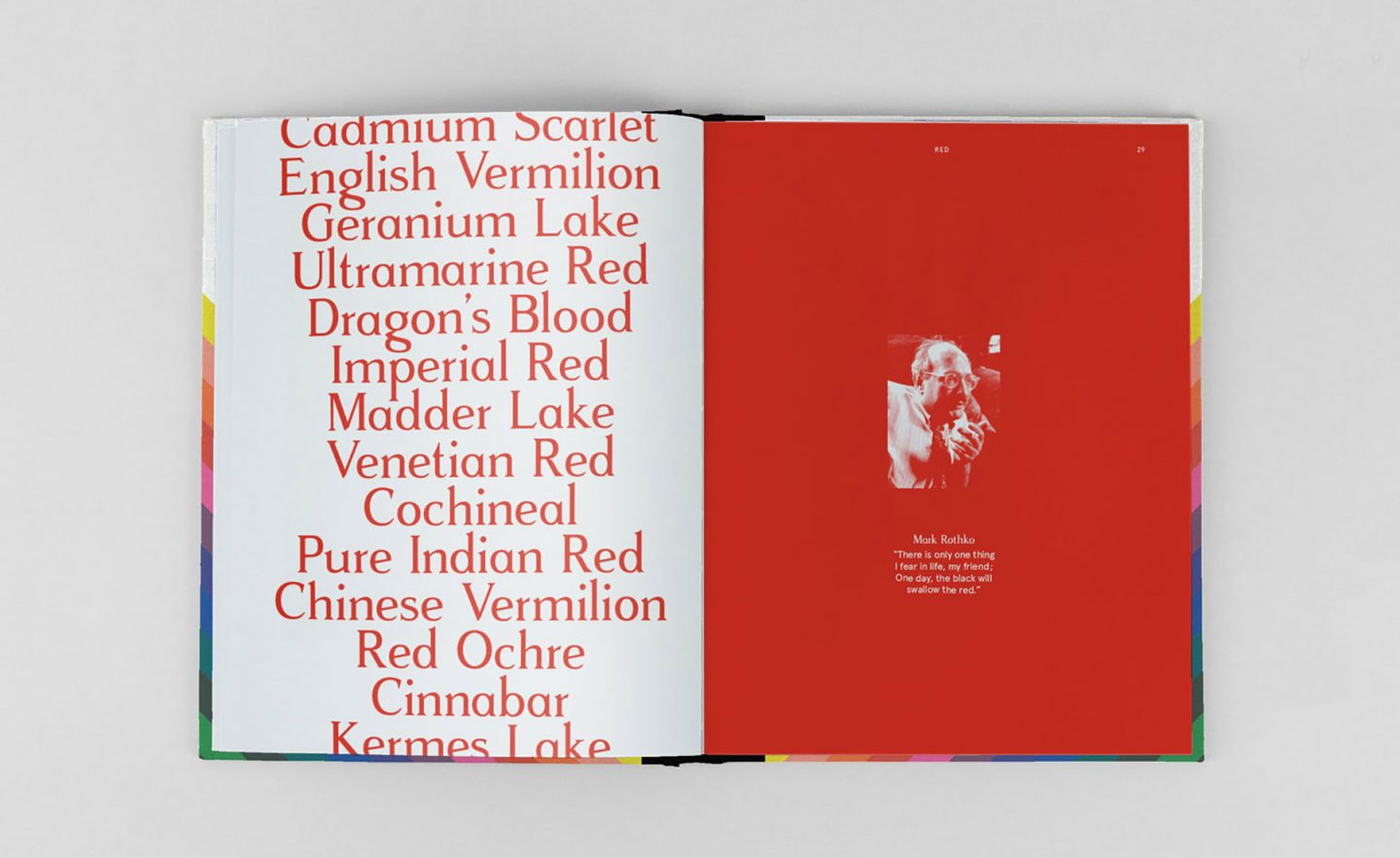
All images © Pascale Georgiev for Atelier Éditions
